American Agriculturist magazine recently ran a story highlighting the persistent biocontrol nematodes research pioneered in Northern New York with long-term support from the Northern New York Agricultural Development Program that is now helping farmers across the Midwestern U.S. The Northern New York Agricultural Development Program is pleased that this research initially developed. and accomplished with a long-term commitment by the NNYADP, to protect alfalfa as a key dairy, equine and livestock crop in NNY has broadly-extended value for farmers across the U.S.
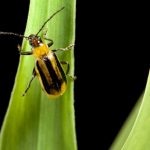
The research conducted on farms throughout Northern New York began in earnest with the need to reduce populations of alfalfa snout beetle, the most destructive pest of alfalfa crops in the region. Having developed a successful way to rear and apply insect-attacking nematodes native to NNY, entomologist Elson Shields and research support specialist Tony Testa discovered, along with the NNY farmers who had applied the nematodes, that the nematodes persisted and were also have a positive impact on reducing corn rootworm in fields rotated out of alfalfa where the nematodes had been applied.
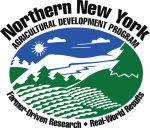 Funding for this pioneering persistent biocontrol research and for the Northern New York Agricultural Development Program was and is, respectively, supported by the New York State Legislature through the NYS Assembly and administrated by the NYS Department of Agriculture and Markets.
Funding for this pioneering persistent biocontrol research and for the Northern New York Agricultural Development Program was and is, respectively, supported by the New York State Legislature through the NYS Assembly and administrated by the NYS Department of Agriculture and Markets.
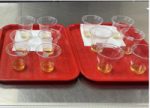
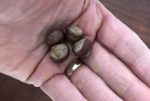
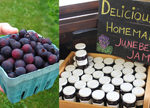

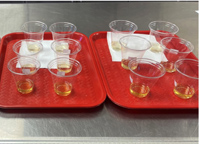
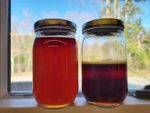 This NNYADP-funded research may be the first report of the composition of aspen and beech sap. The project identified the content, composition, and pH of the beech, birch, and aspen species’ sap. An earlier NNYADP-funded project by Wild determined the mineral composition of beech syrup and served as a precursor for this new research.
This NNYADP-funded research may be the first report of the composition of aspen and beech sap. The project identified the content, composition, and pH of the beech, birch, and aspen species’ sap. An earlier NNYADP-funded project by Wild determined the mineral composition of beech syrup and served as a precursor for this new research.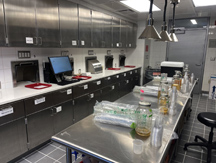
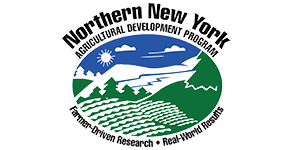 The Northern New York Agricultural Development Program is pleased to have Michael among the more than 80 farmers from across our six-county region helping to prioritize research for the diverse farming sectors of Clinton, Essex, Franklin, Jefferson, Lewis, and St. Lawrence counties.
The Northern New York Agricultural Development Program is pleased to have Michael among the more than 80 farmers from across our six-county region helping to prioritize research for the diverse farming sectors of Clinton, Essex, Franklin, Jefferson, Lewis, and St. Lawrence counties.